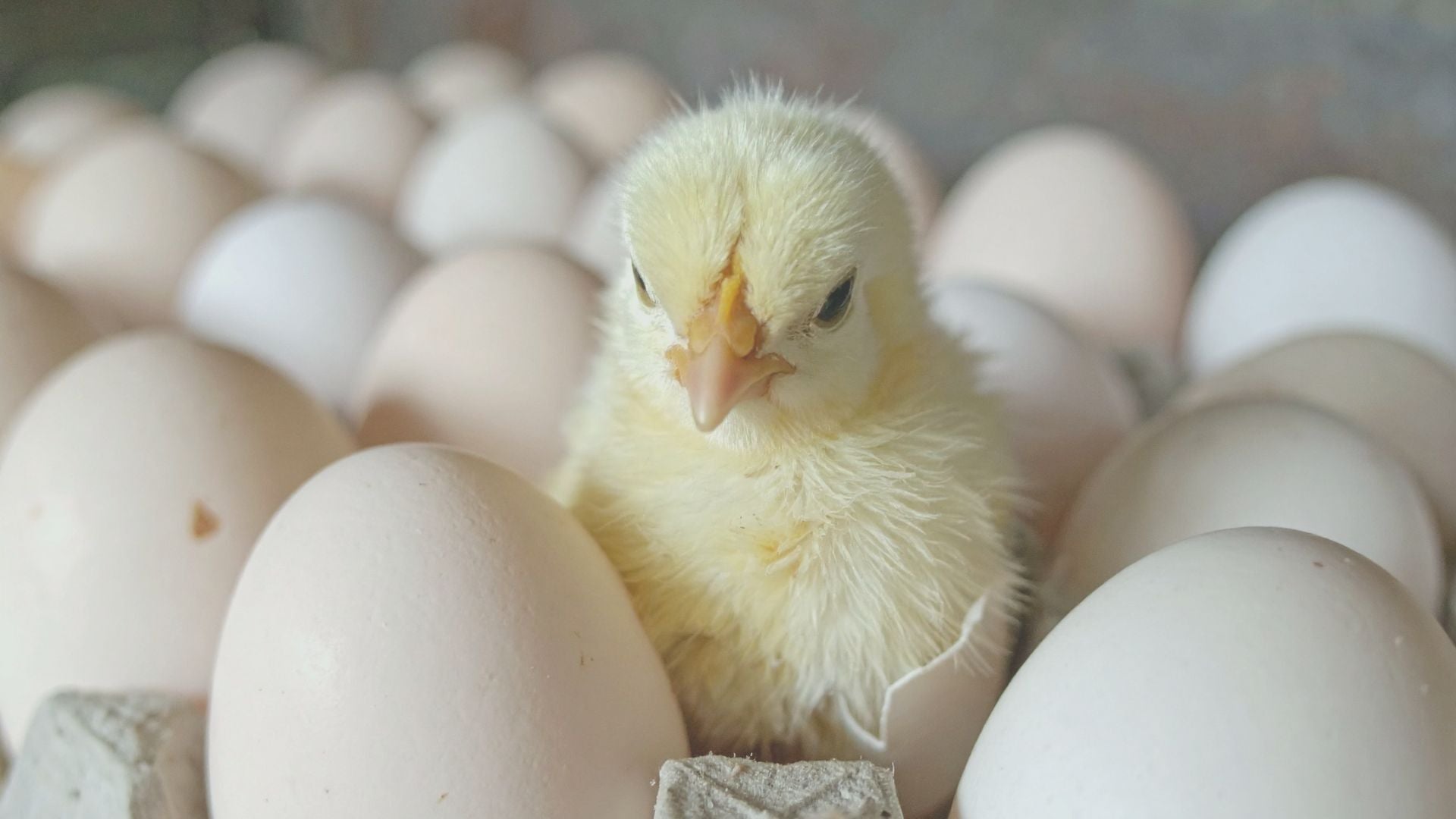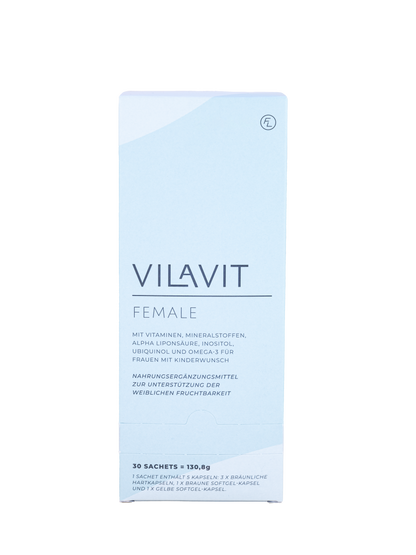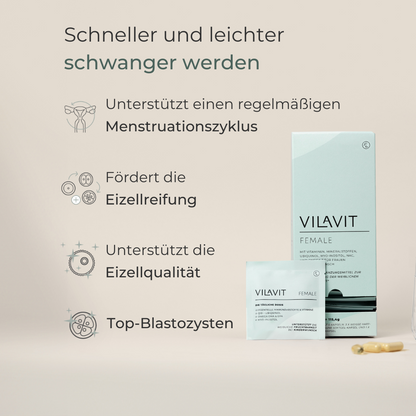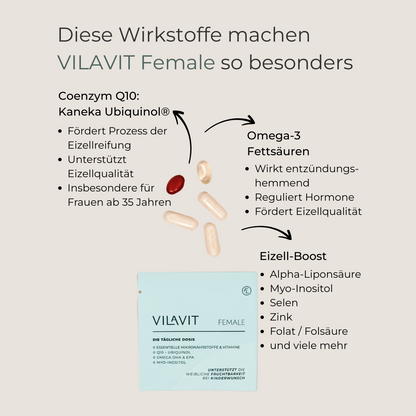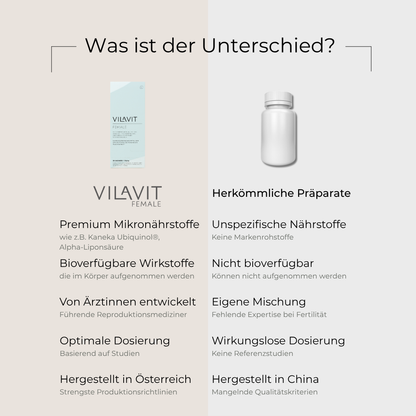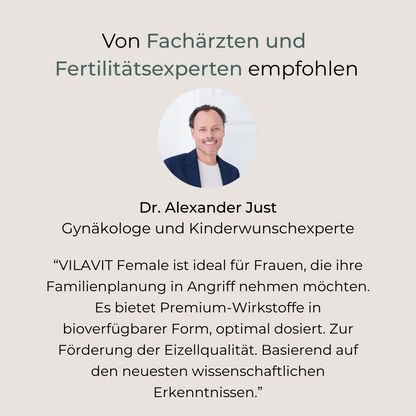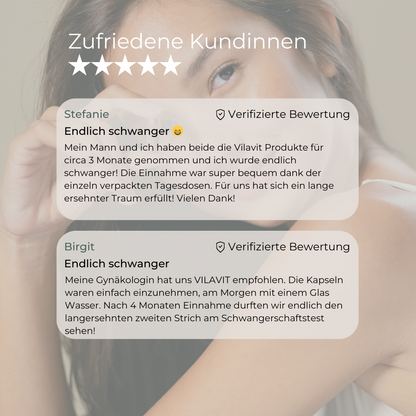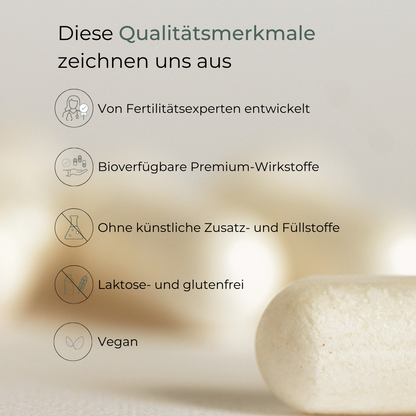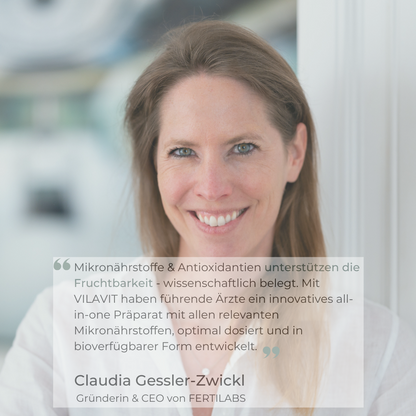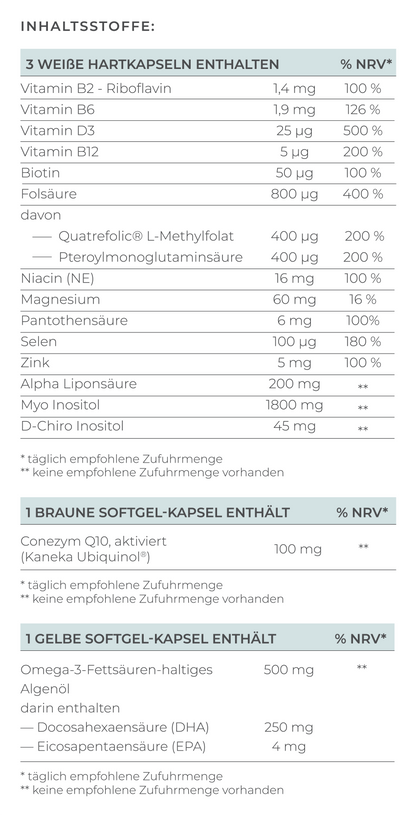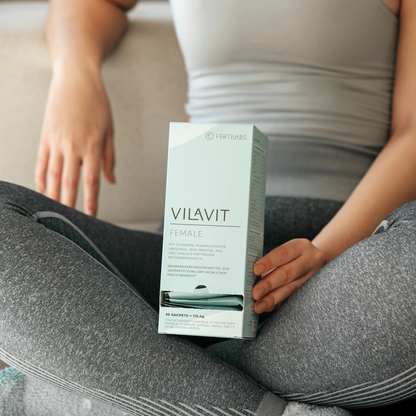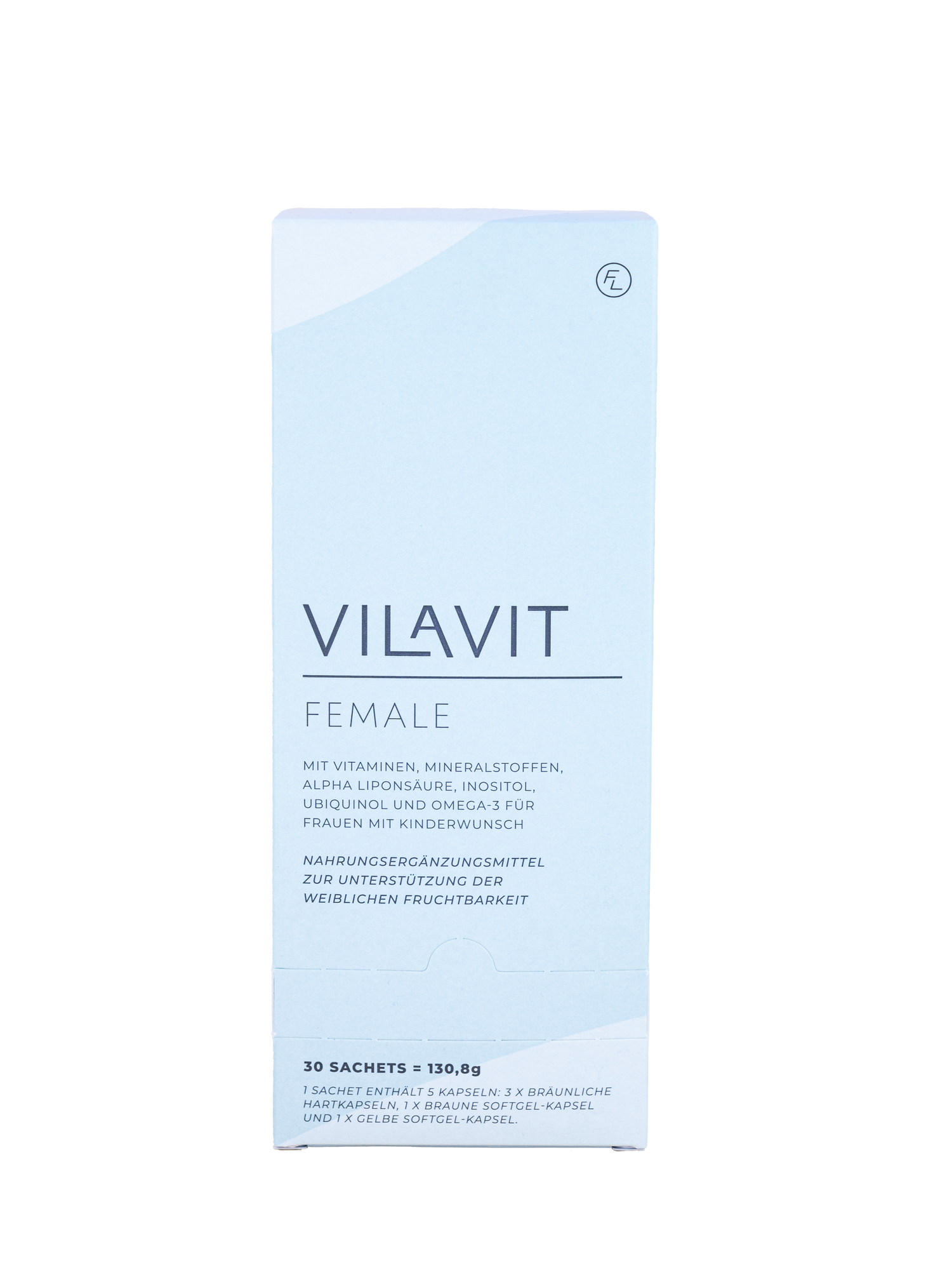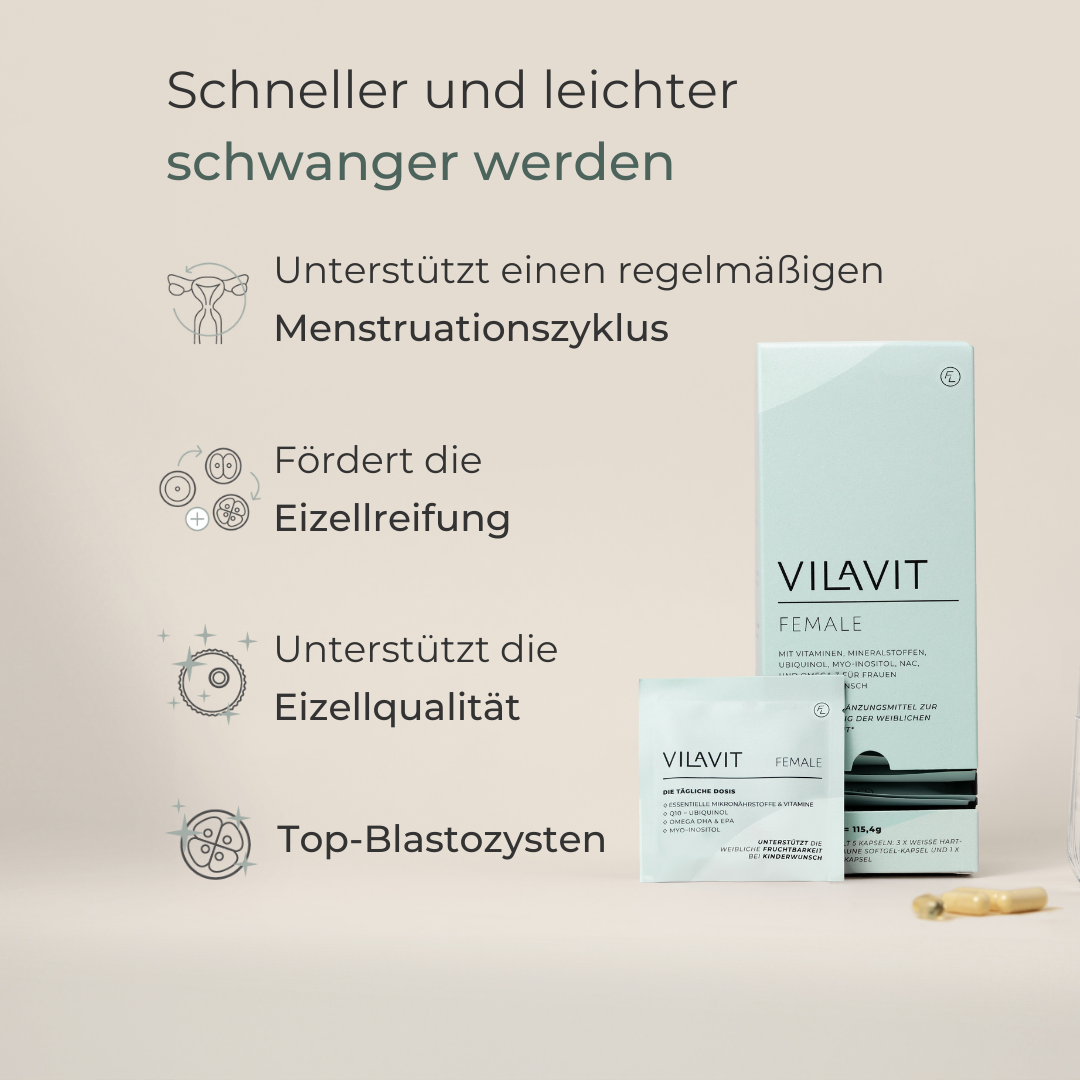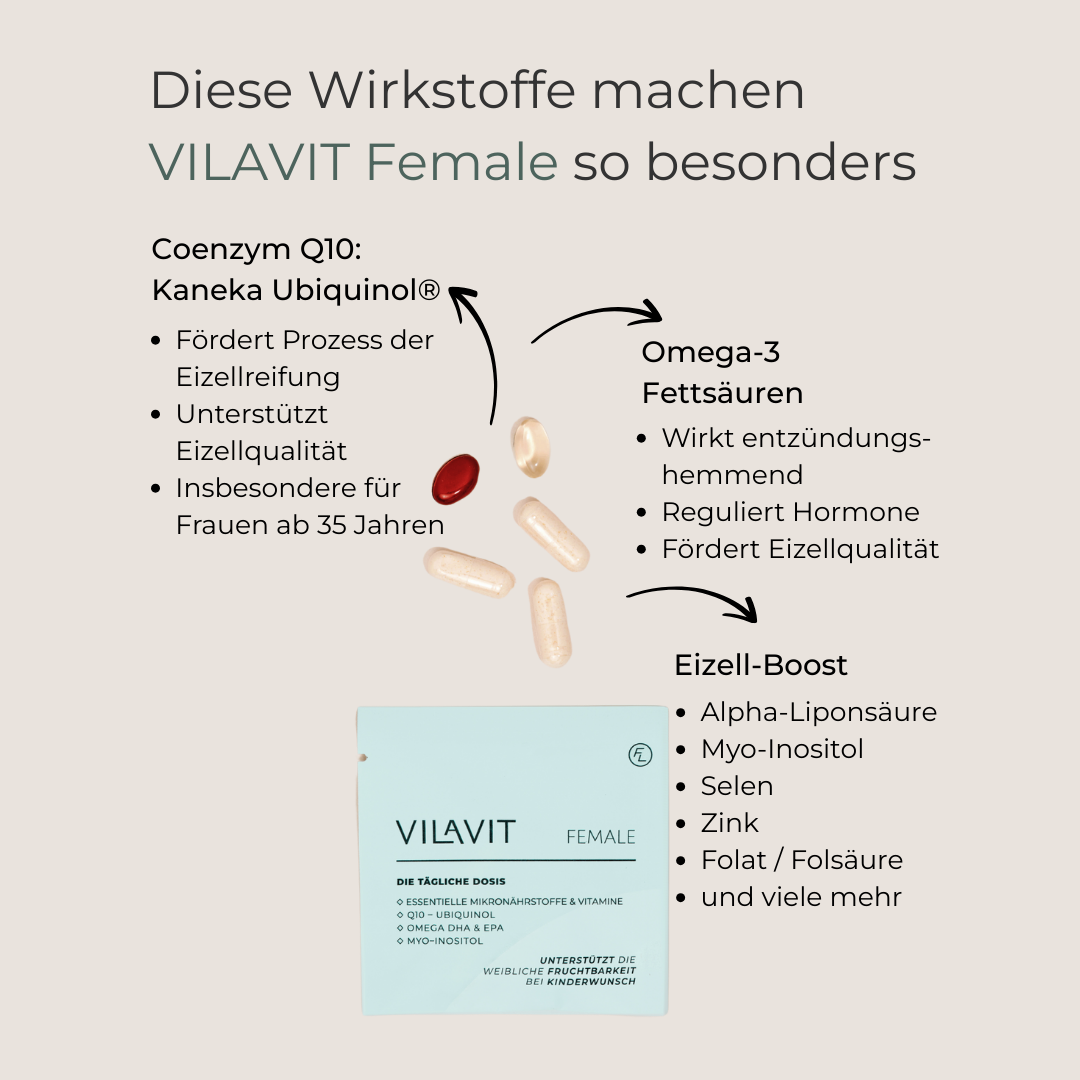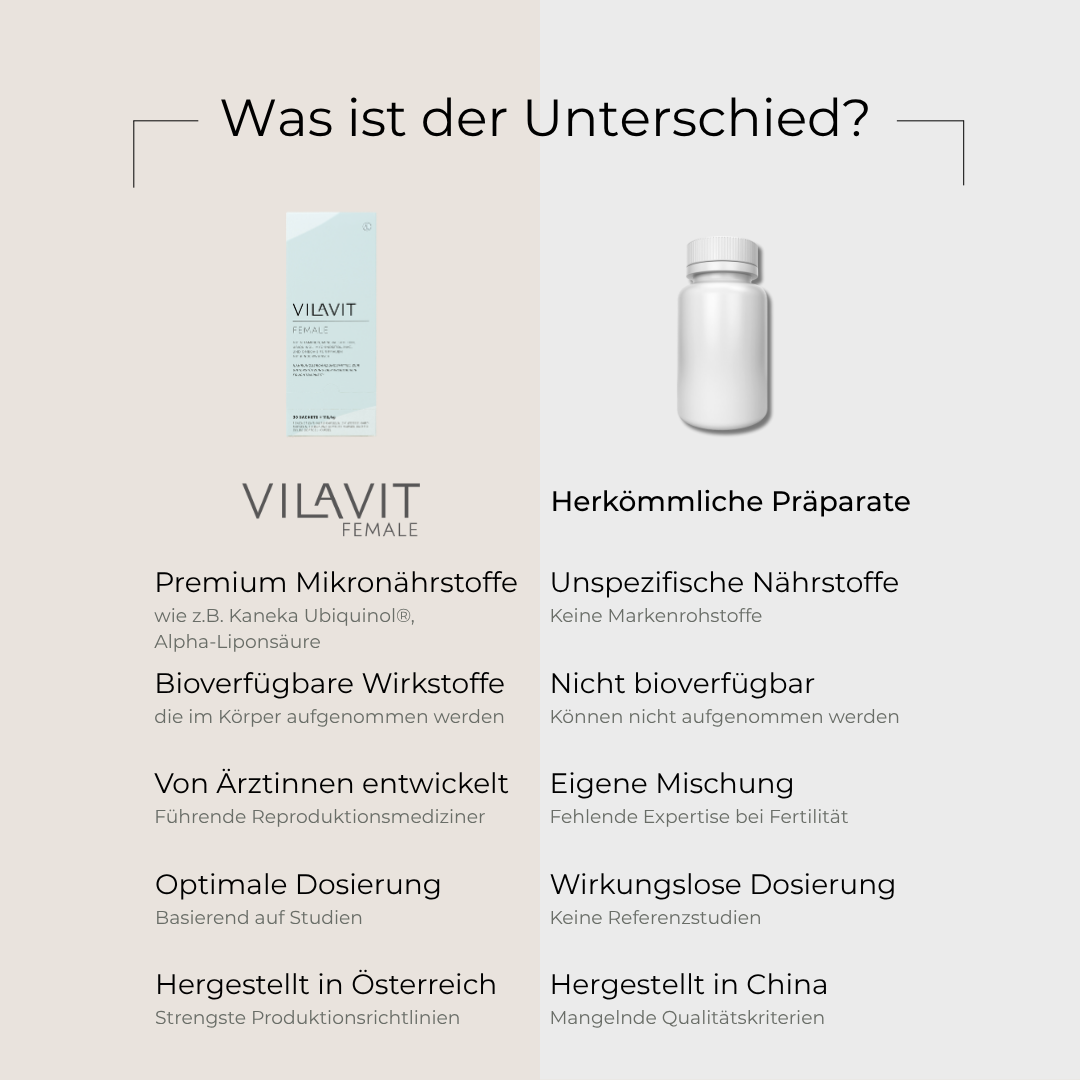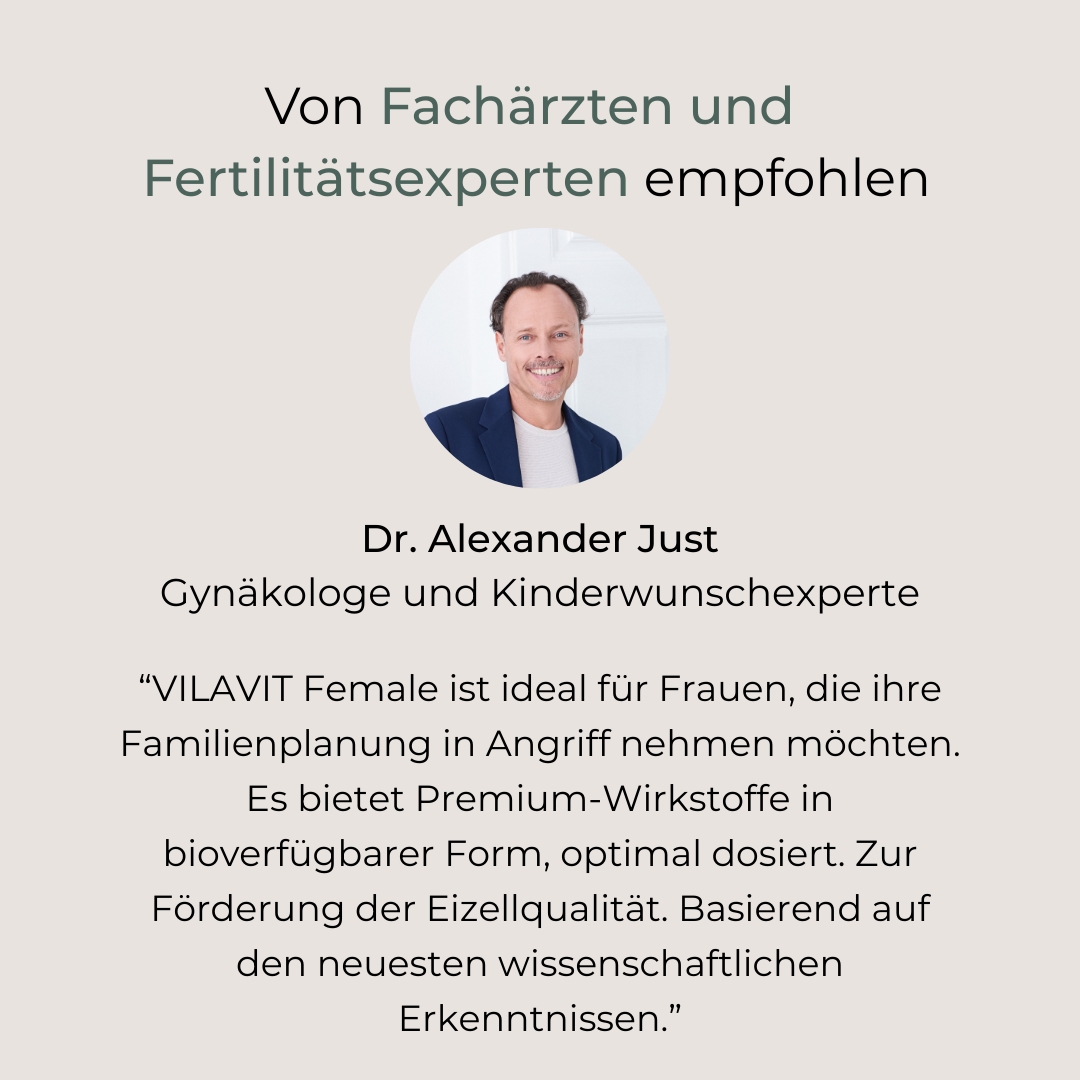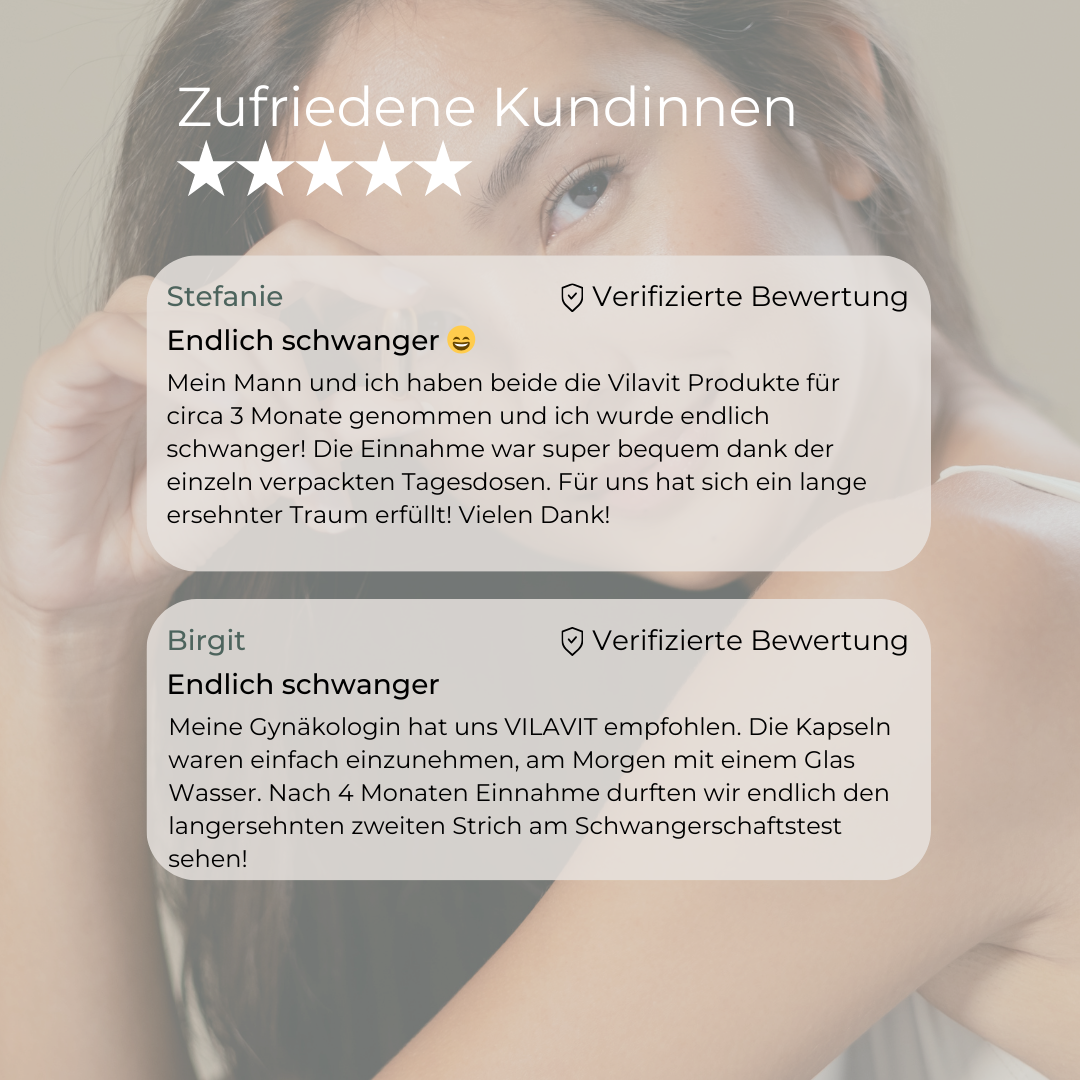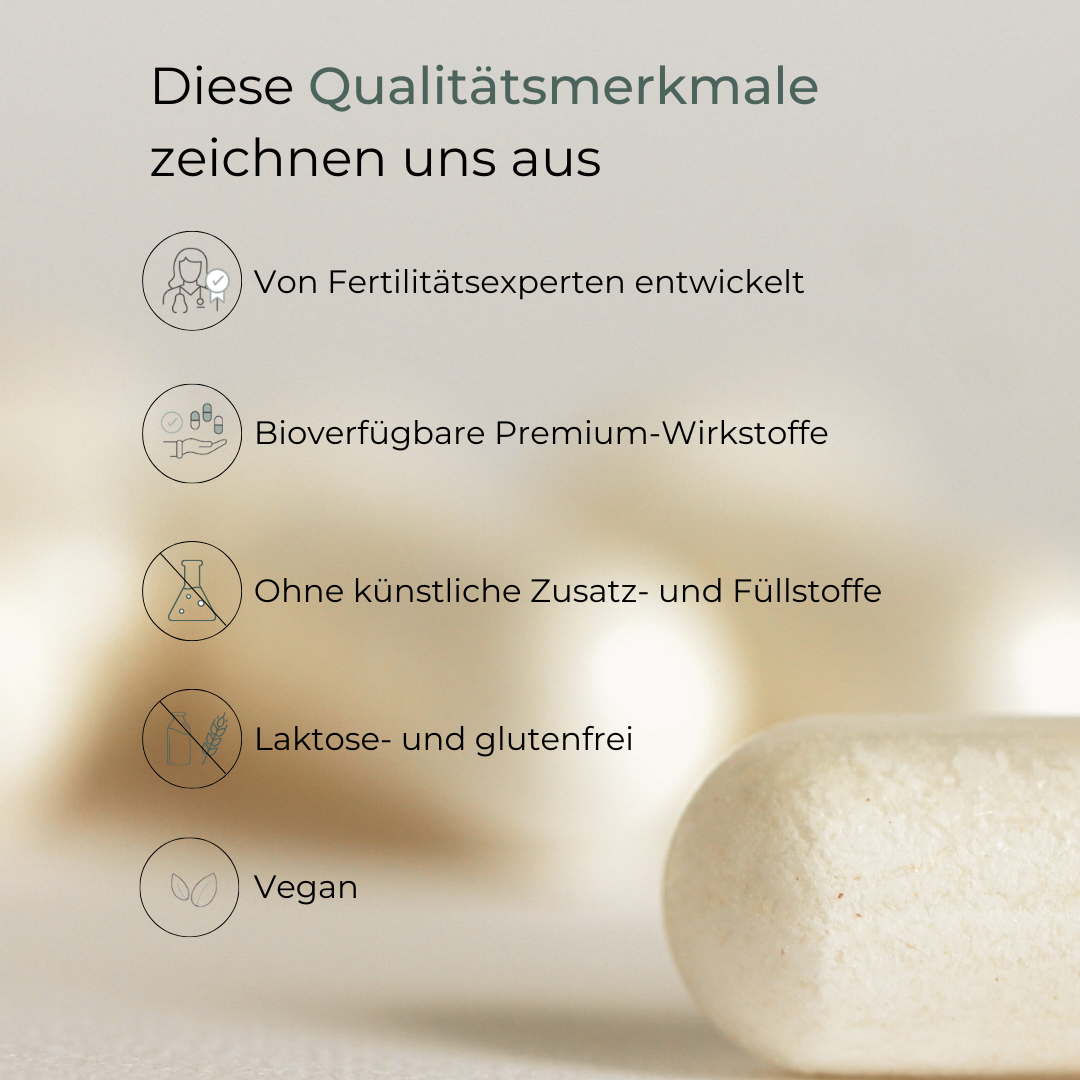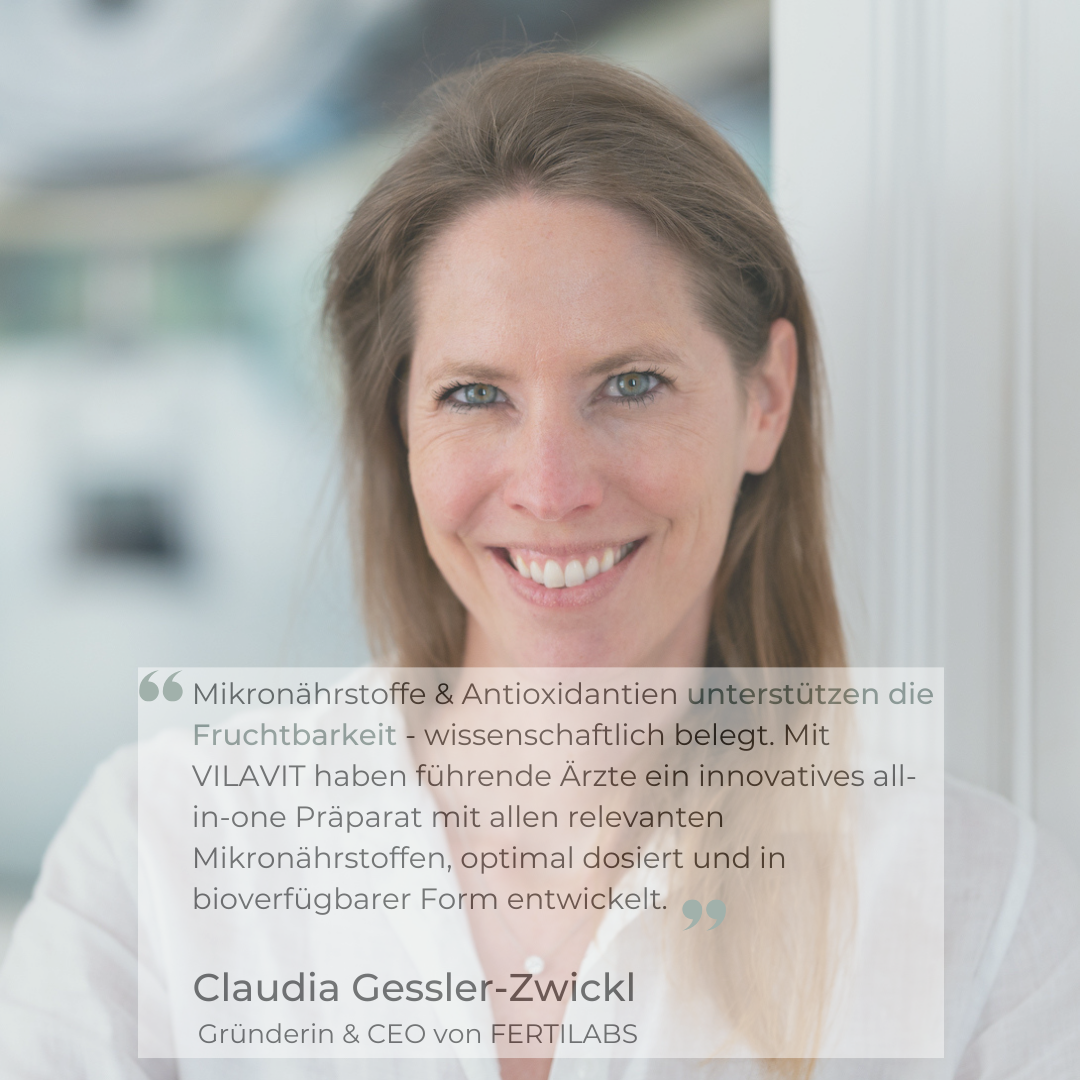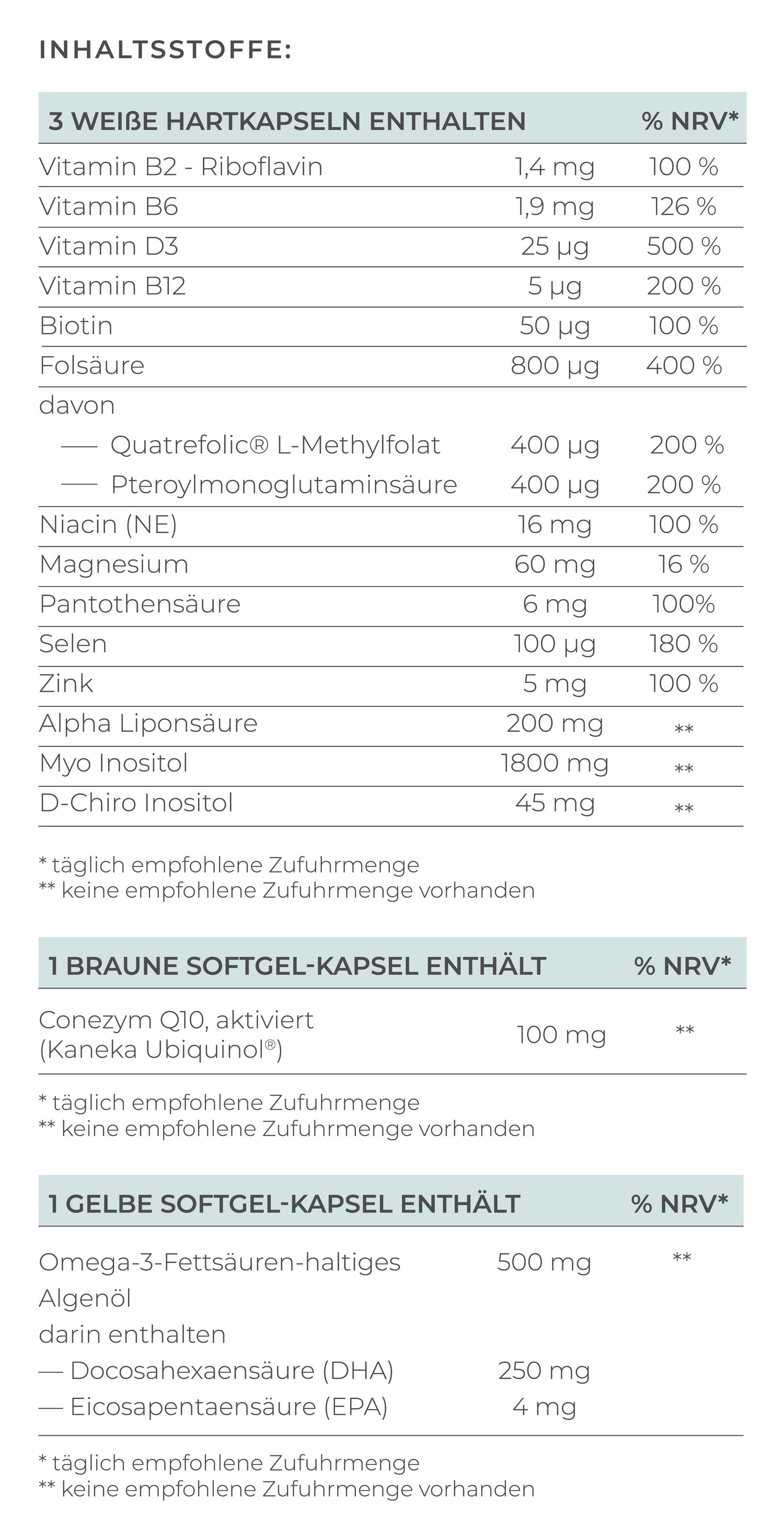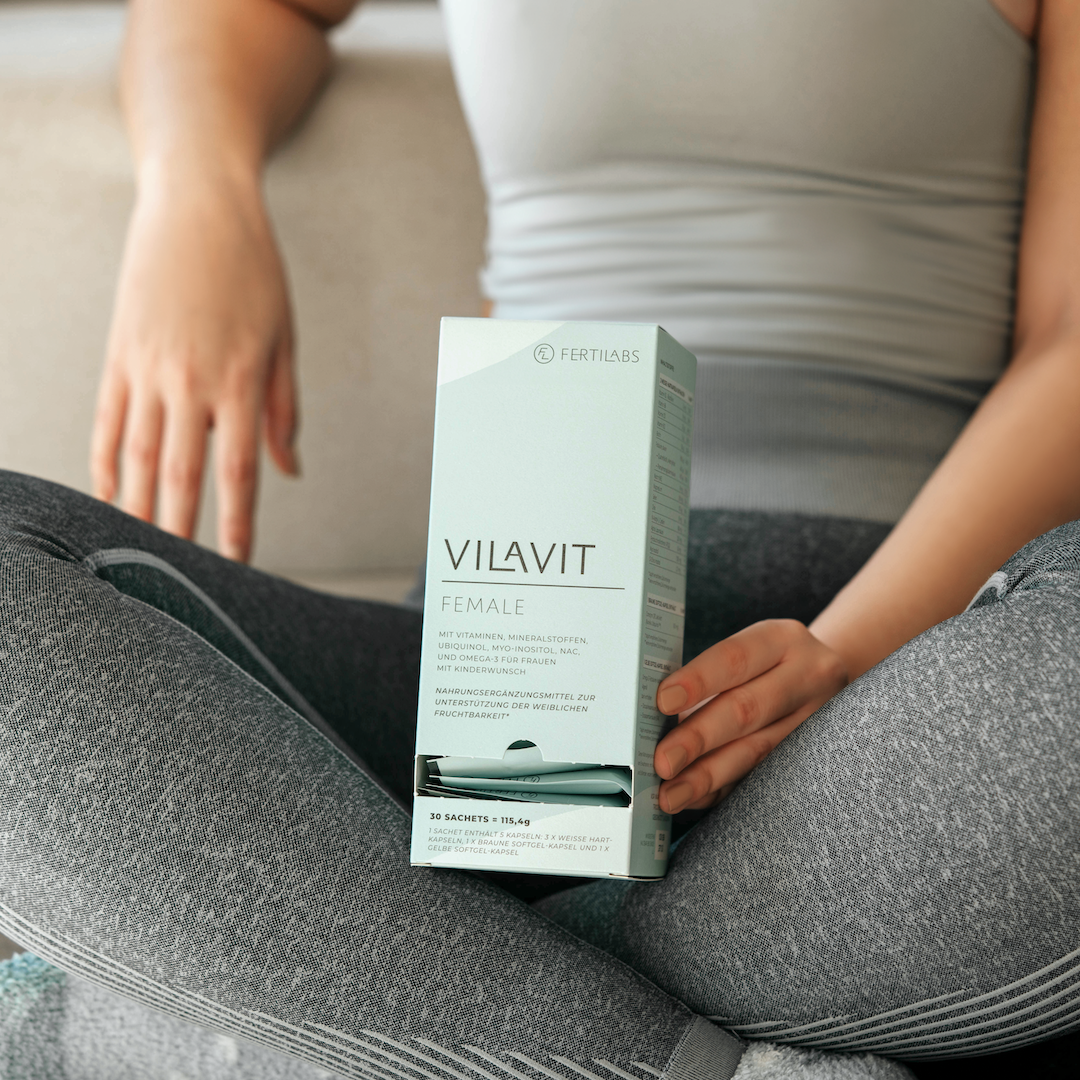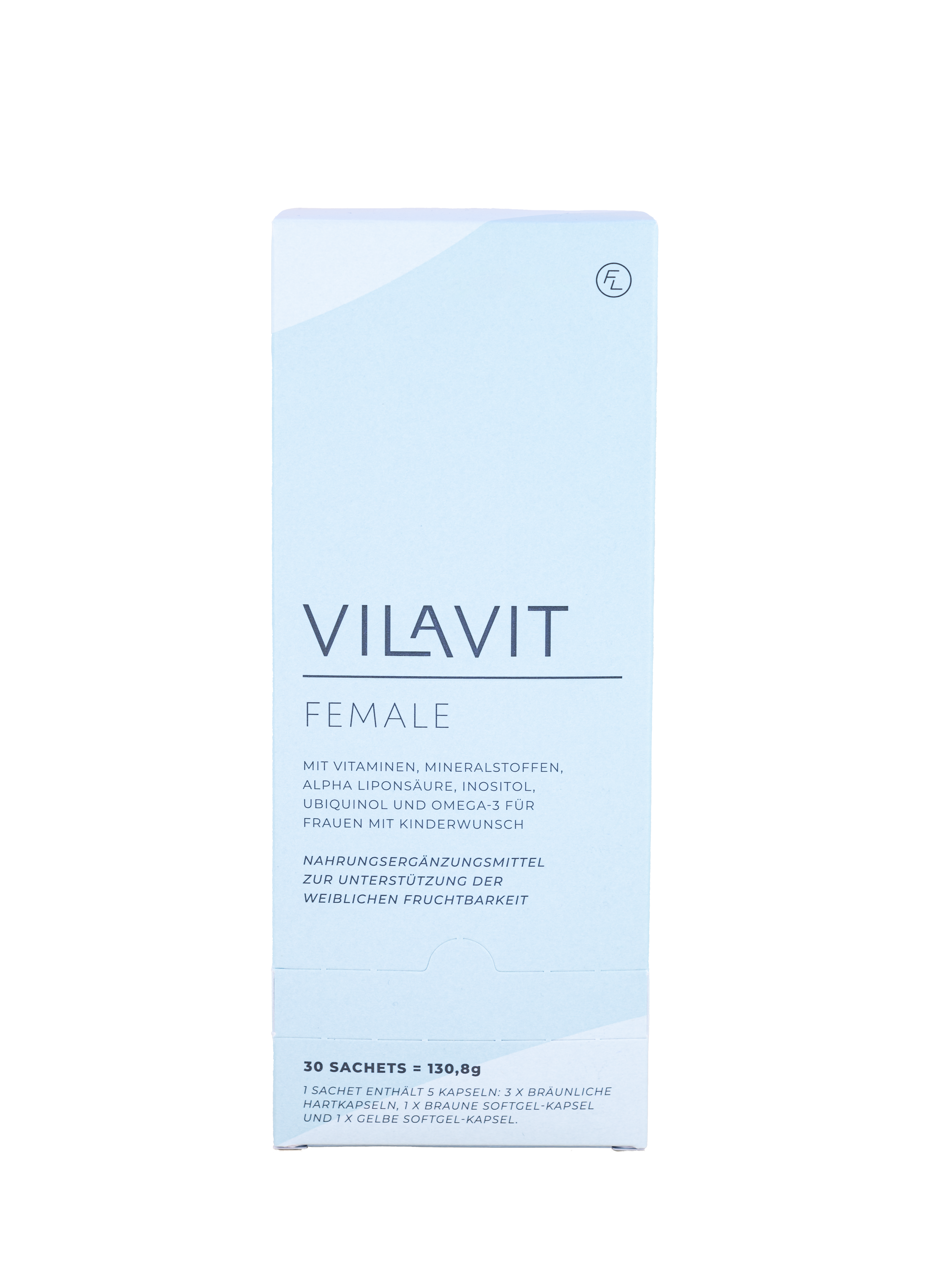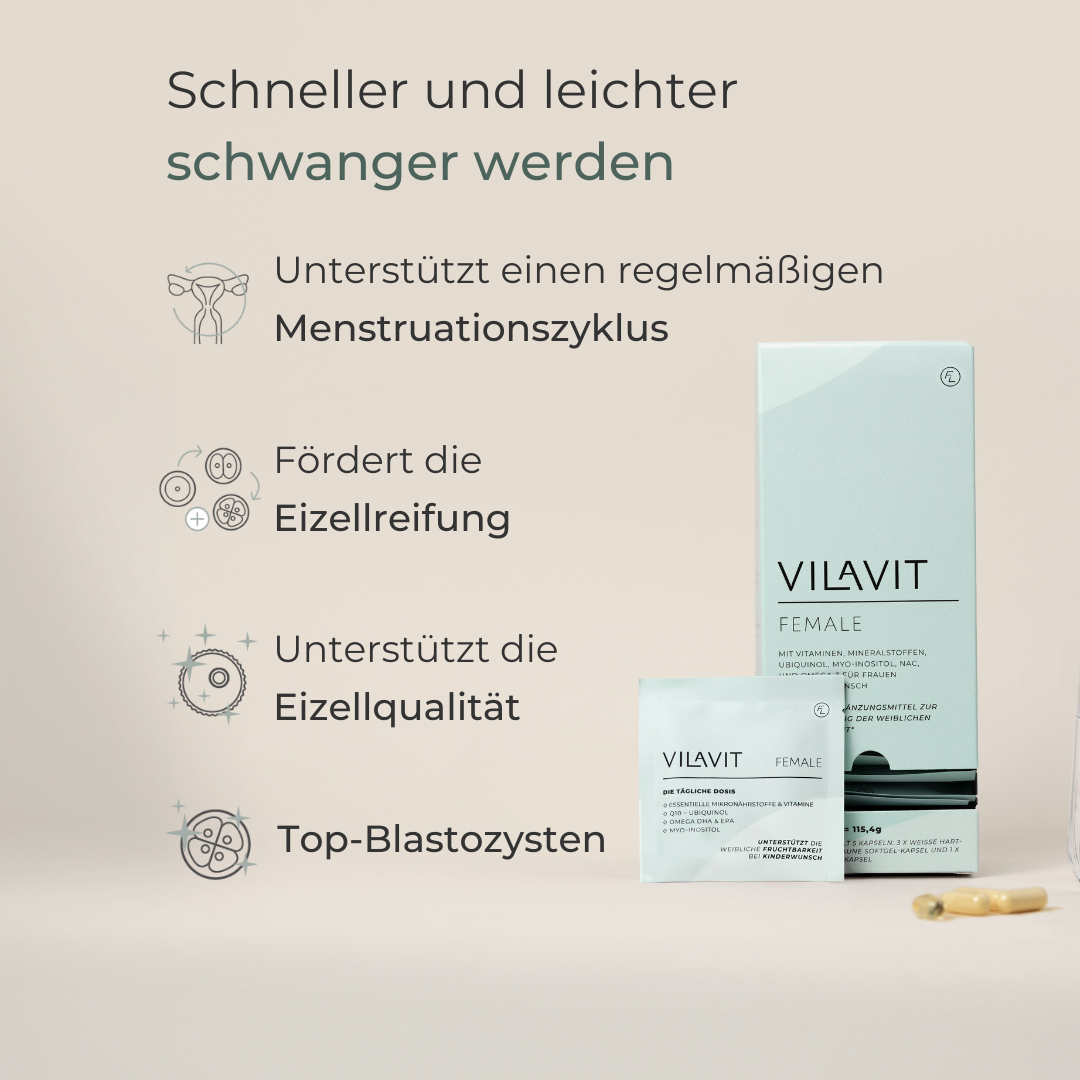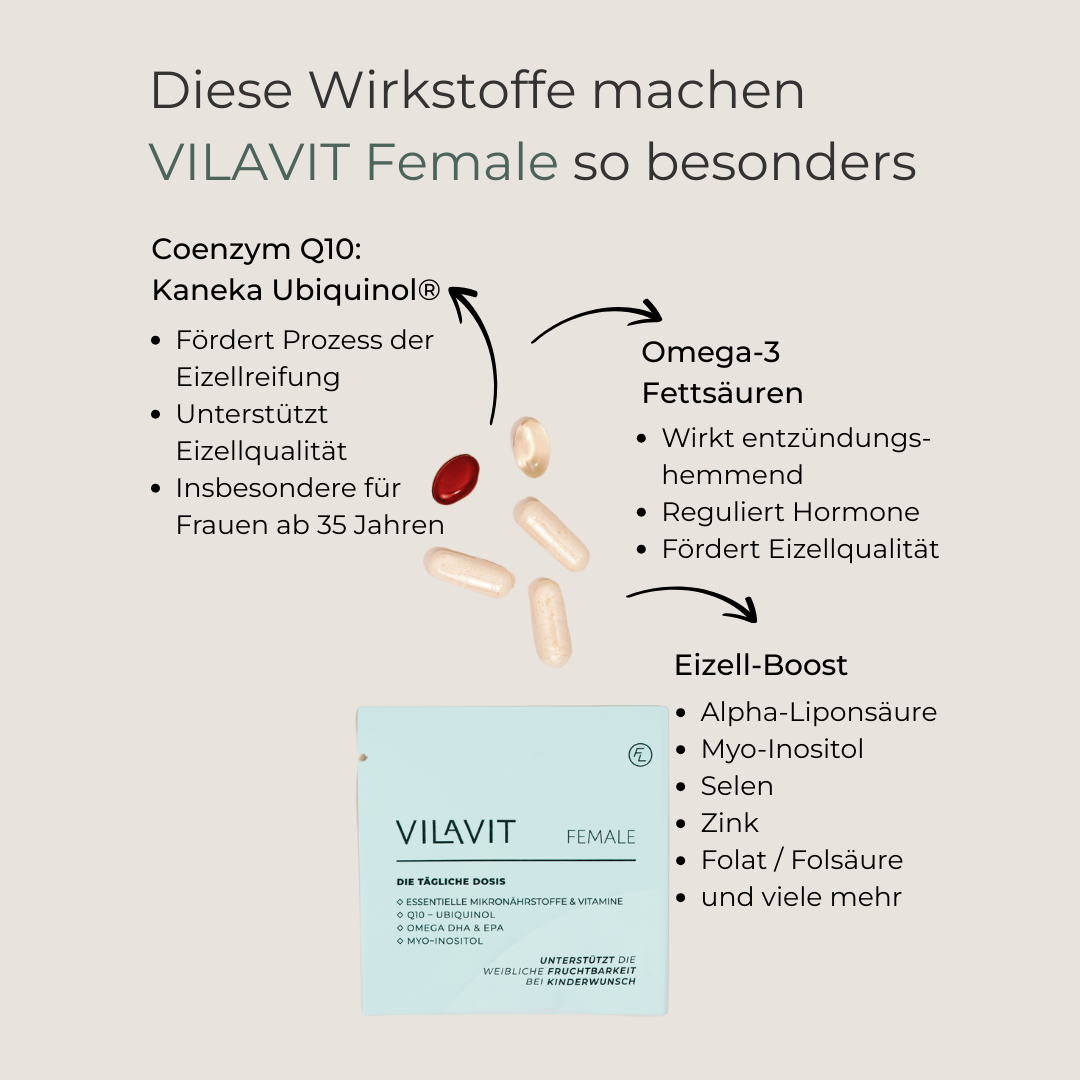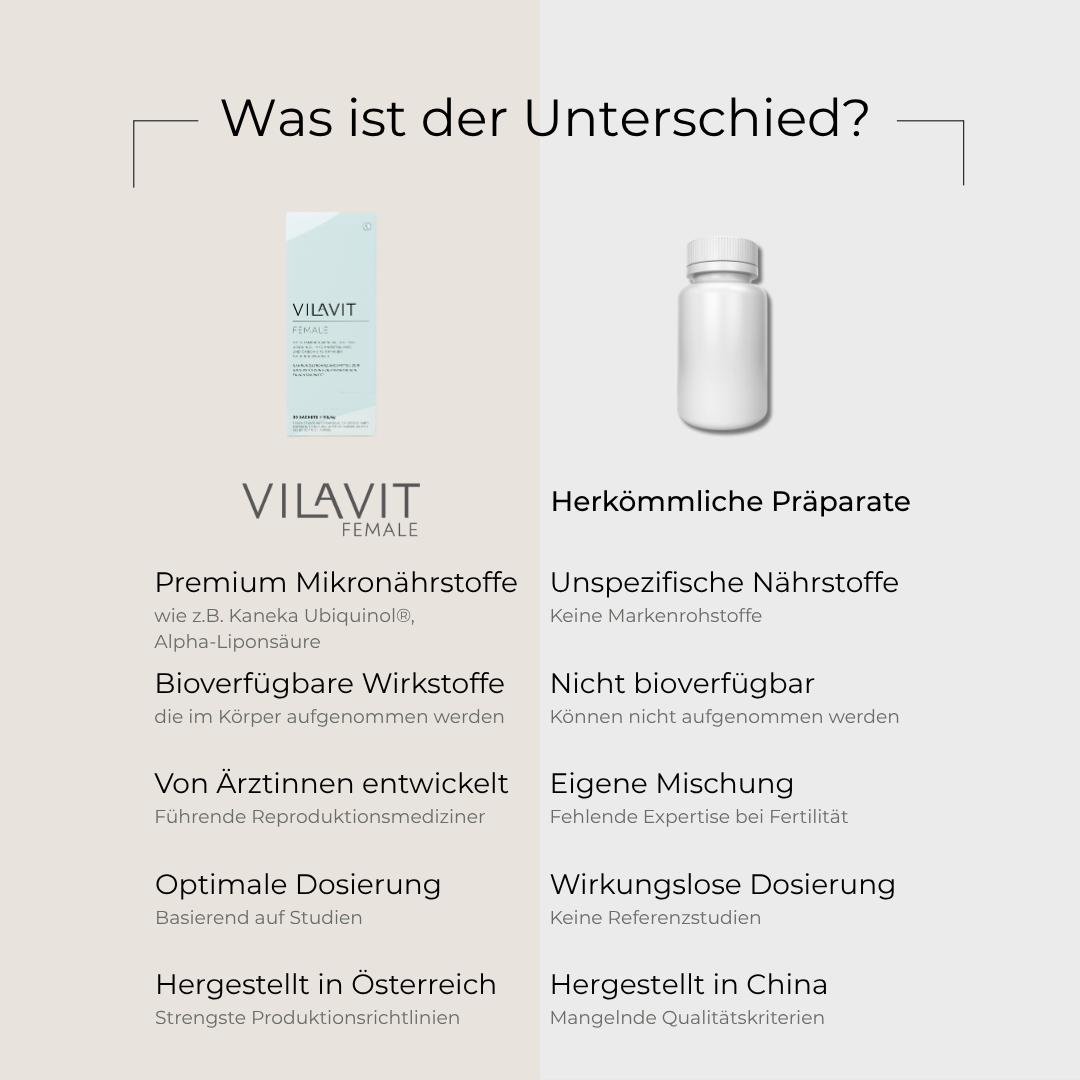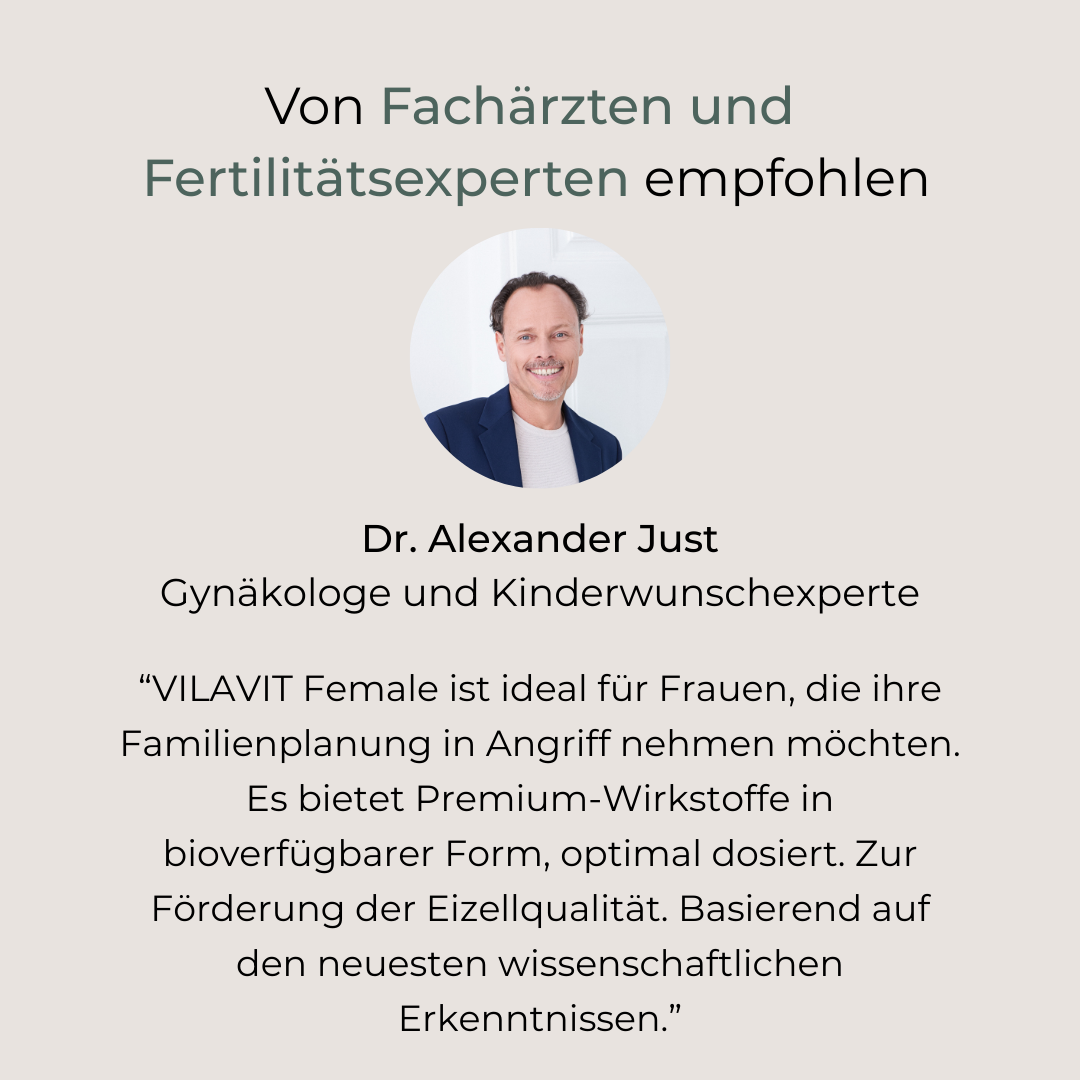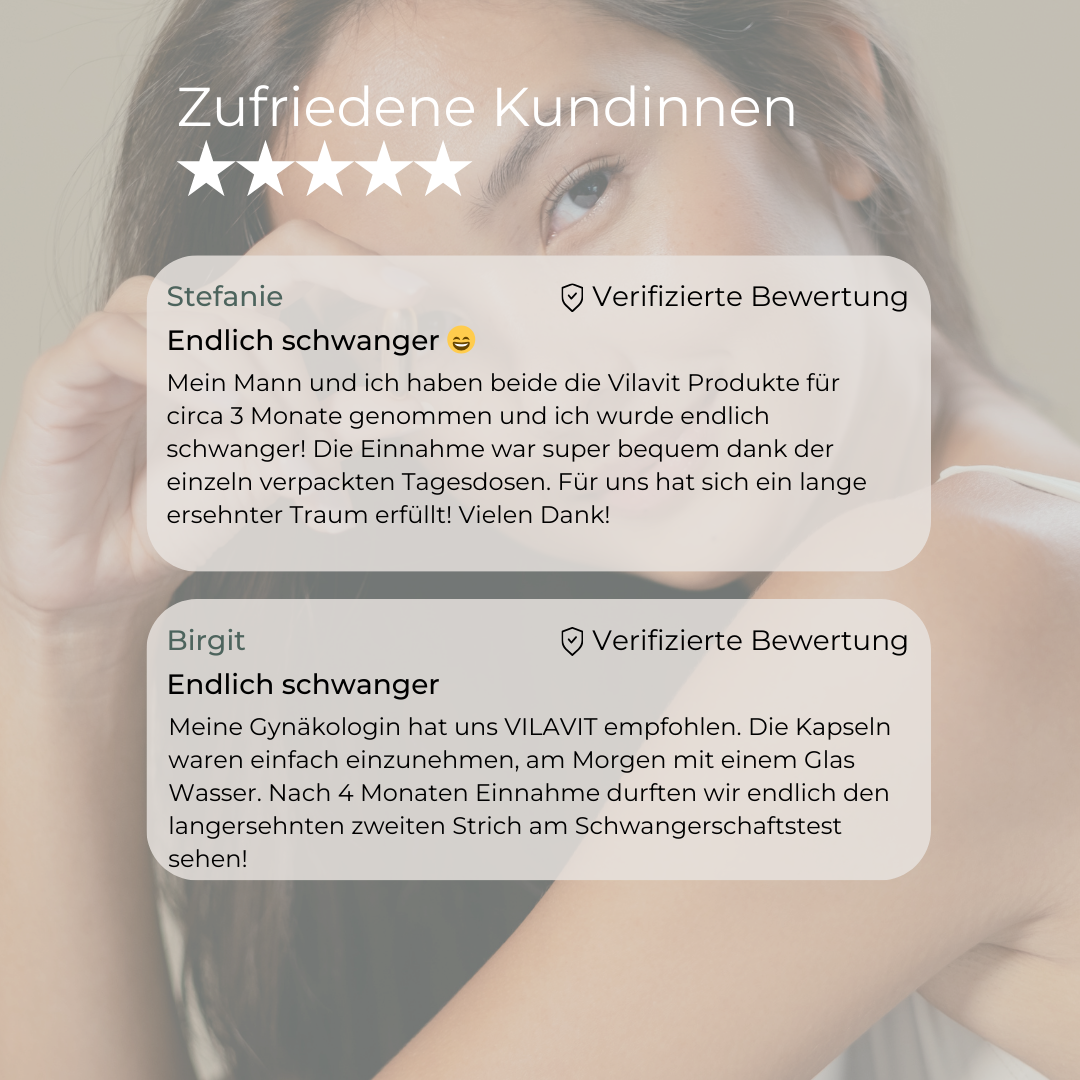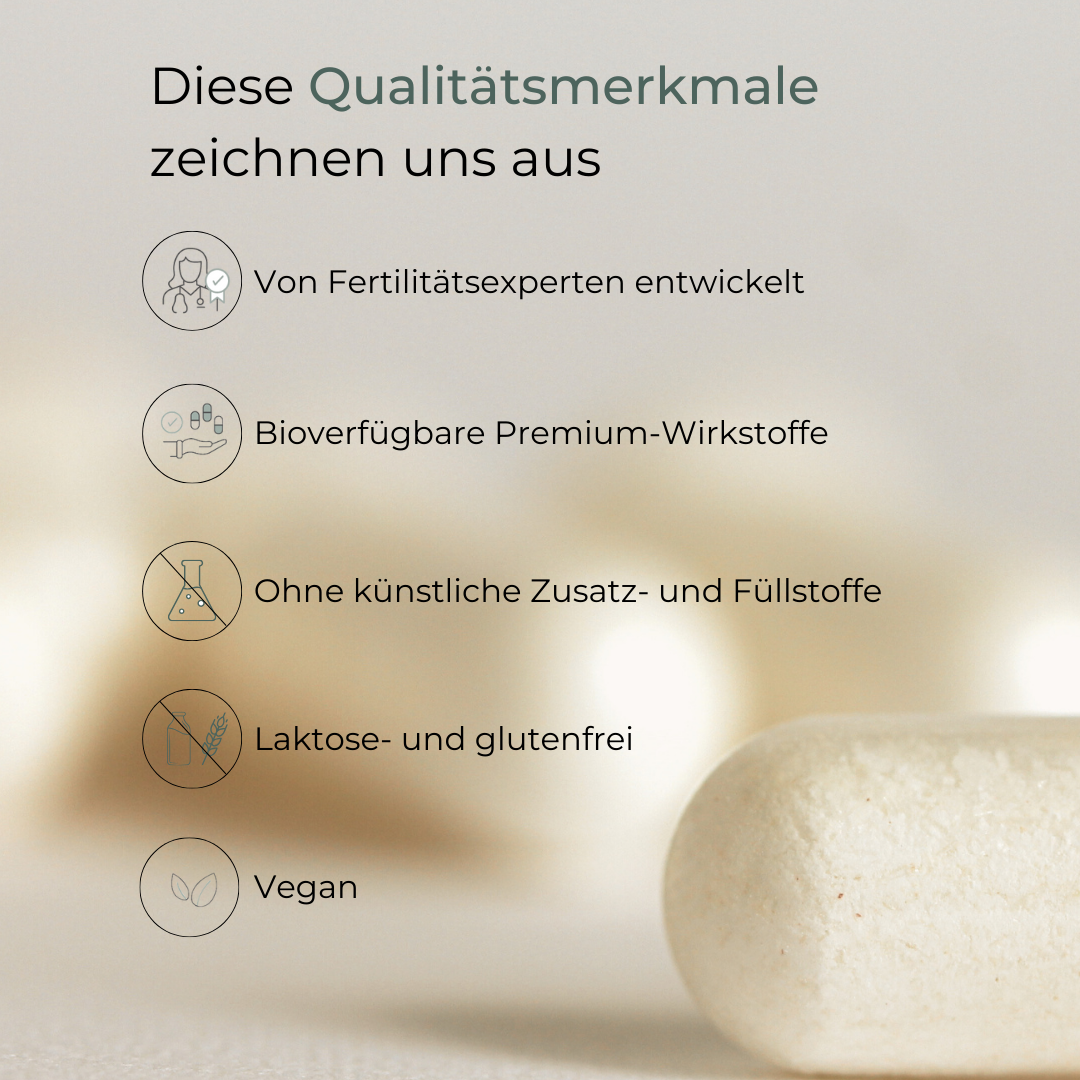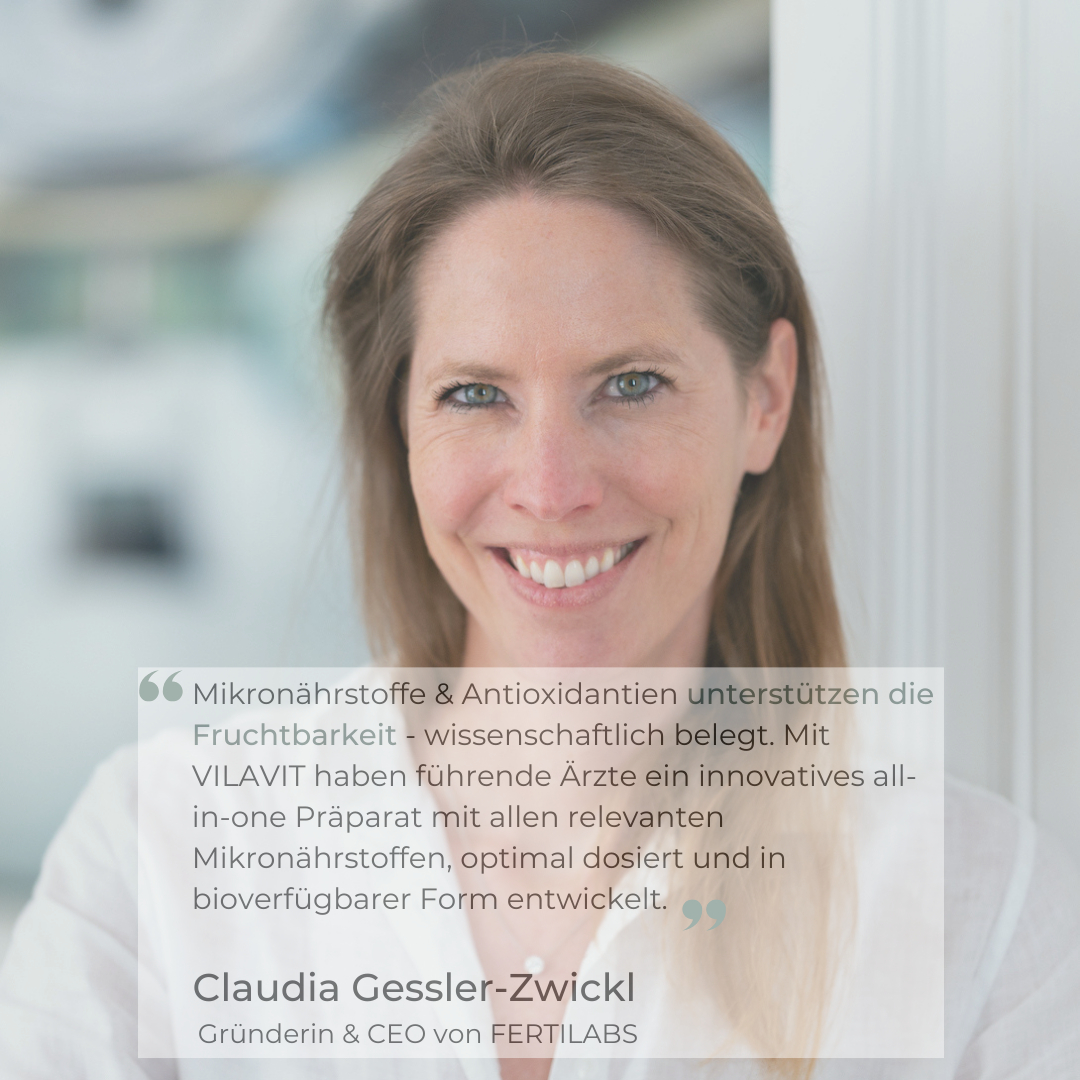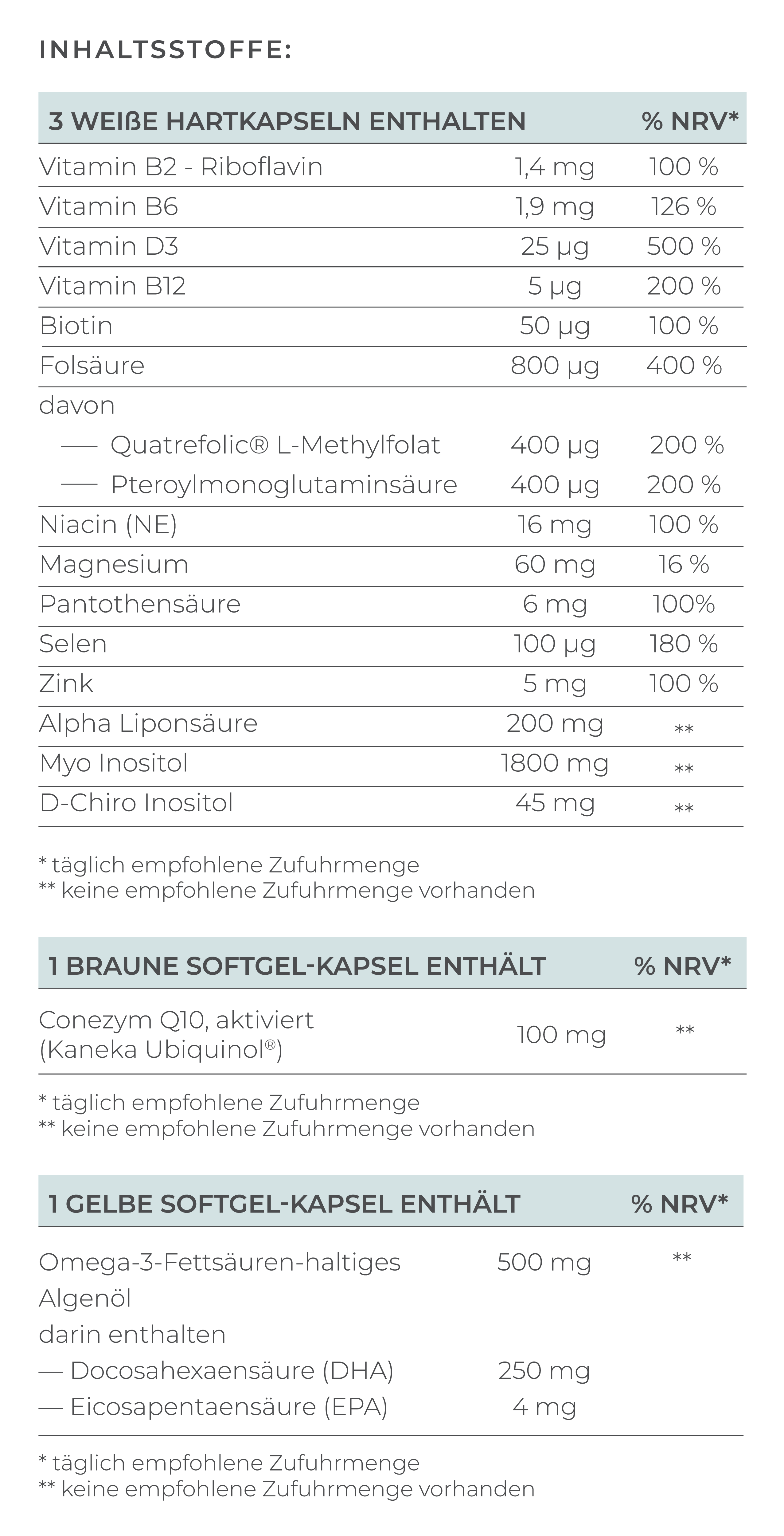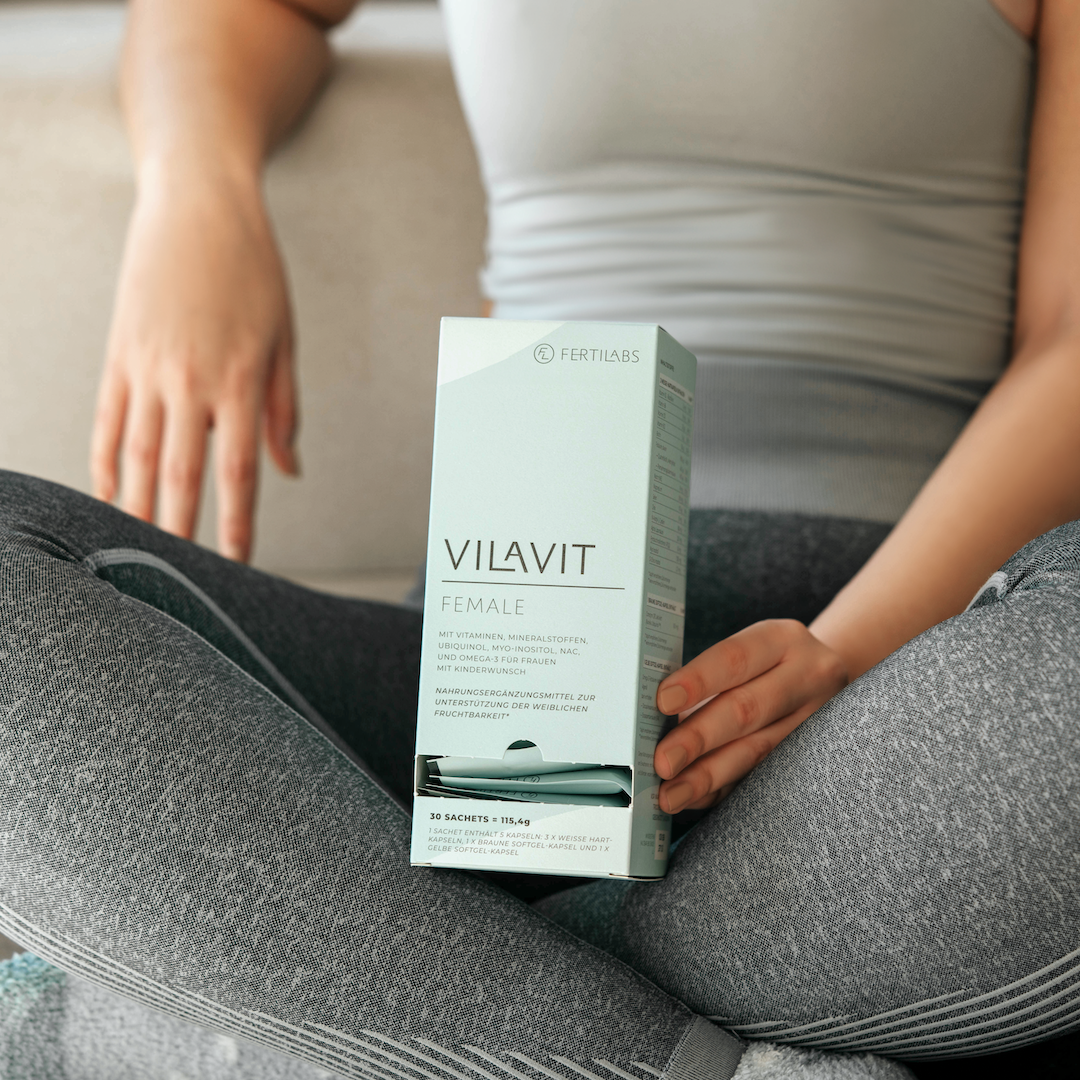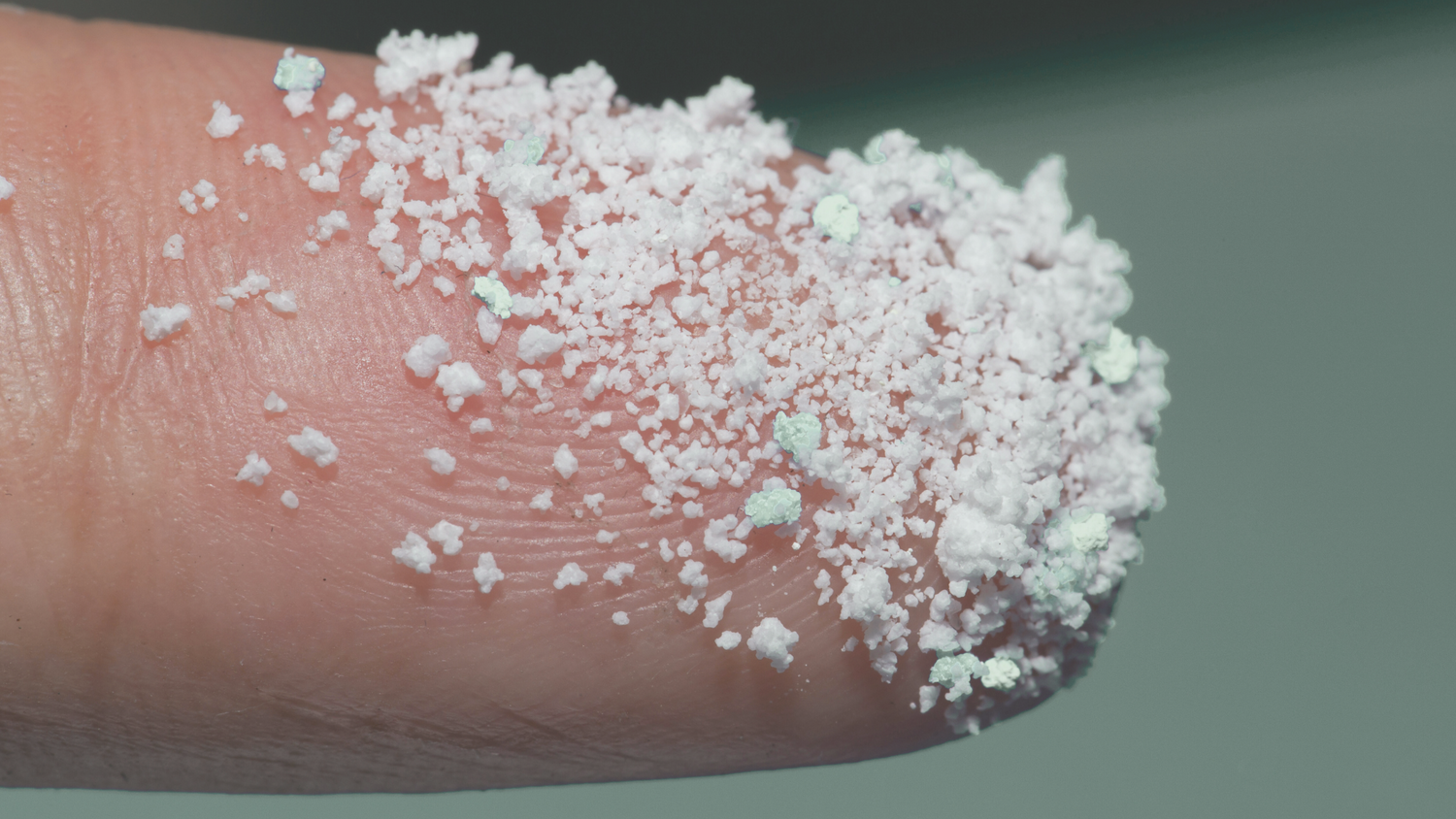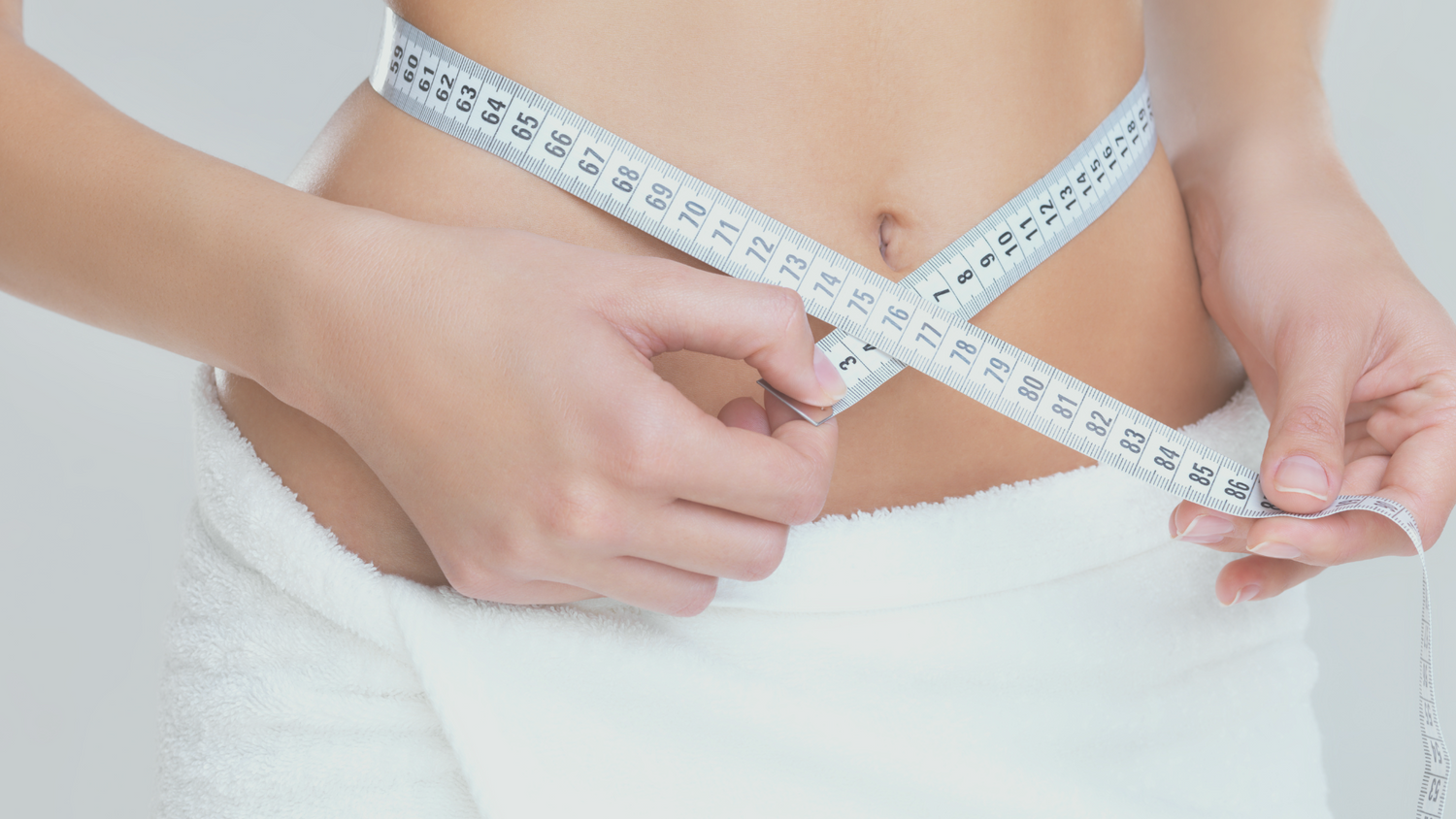The most important facts about assisted hatching
• Assisted hatching is indented to help increase the chances of pregnancy
• The egg cell must “hatch” from the zona pellucida (its outermost layer) in order to implant
• In assisted hatching, the zona pellucida is artificially thinned or damaged to increase the chances of implantation
• However, studies cast doubt on the effectiveness of this method: whether assisted hatching actually improves the chances of a live birth remains controversial
• Various professional associations are also critical of assisted hatching due to insufficient research
(Repeated) implantation failure can cause despair and many negative emotions for couples who want to have children. One possible reason for implantation failure may be that the blastocyst cannot “hatch” from its outermost layer, the zona pellucida, and therefore cannot implant. Assisted hatching is designed to help with this by damaging or thinning the zona pellucida using various methods to make it easier for the egg to “hatch” and thus make successful implantation more likely (Lacey et al., 2021). The procedure can only be used in combination with artificial insemination, as the blastocyst must be removed for this purpose.
In this blog, you can find out whether assisted hatching is as promising as it sounds and whether it could be a suitable method for you.
How does assisted hatching work?
There are several methods for performing assisted hatching. What they all have in common is that they are usually performed on day 2 or day 3 on the embryos that are to be implanted.
Basically, there is either the option of thinning the zona pellucida—for example, using chemical methods—or cutting open the zona pellucida or even removing it completely. After thinning the zona pellucida, the blastocyst is still enclosed in a thinner protective layer of the zona pellucida – this can be both an advantage and a disadvantage: on the one hand, the blastocyst is still somewhat protected, but on the other hand, it may still not be able to complete the rest of the hatching process “on its own.”
Depending on the technique used, the zona pellucida is treated with chemicals, lasers, or precise ultrasound waves (piezo technique) to achieve the desired result (Hammadeh, et al., 2011).
Are there any risks associated with assisted hatching?
Assisted hatching is viewed rather critically by many scientists, as well as by the European Society of Human Reproduction and Embryology (ESHRE) and the American Society for Reproductive Medicine. This is because the zona pellucida has not yet been fully researched and understood, which is why the potential long-term consequences of assisted hatching cannot (yet) be adequately assessed. It is also still largely unclear where the hardening of the zona pellucida could come from and what significance it has (Alteri, et al., 2018).
Does assisted hatching actually improve the chances of pregnancy?
It is hardly possible to give a clear answer to this question, as many different studies have come to different conclusions. A large-scale analysis of 7,249 women from various studies concluded that the rate of clinical pregnancy was slightly higher in women who used assisted hatching compared to women who did not use assisted hatching.
However, the live birth rate among women who did not use assisted hatching was around 28%, while that among women who did use assisted hatching was only between 27% and 34%. For this reason, the study authors conclude that it is unclear whether assisted hatching is actually beneficial. However, the same study concluded that multiple pregnancies may occur more frequently with assisted hatching. According to the study authors, no statement could be made regarding the probability of miscarriages, as there was insufficient data available (Lacey, et al., 2021).
The Practice Committee of the American Society for Reproductive Medicine recommends that assisted hatching should not be used as standard for patients undergoing IVF. For patients with pre-existing conditions or when using frozen eggs, the American Society for Reproductive Medicine does not make a blanket recommendation, as the data is insufficient (Practice Committee of the American Society for Reproductive Medicine, 2022).
A study from 2023 concluded that laser-assisted hatching can increase the chances of a live birth and reduce the chance of miscarriage in frozen (and thawed) blastocysts (Wei, et al., 2023).
However, another study from 2024 found no positive effects of laser-assisted hatching when using frozen (and thawed) blastocysts (Alteri, et al., 2024).
Is assisted hatching suitable for me?
There is no clear answer as to whether assisted hatching offers any advantages. For this reason, we are unfortunately unable to give you a precise answer to this question. However, assisted hatching may be worth trying in certain cases—such as with frozen blastocysts or if other IVF attempts have failed for no other apparent reason. However, we advise you to discuss the benefits of this method in your specific case with your doctor and seek their advice. The data currently available does not show any clear disadvantages of assisted hatching, which is why the method could still be beneficial for some women.
Frequently asked questions about assisted hatching
What is assisted hatching?
Assisted hatching is a procedure used in assisted reproductive medicine in which the outer shell of the egg or embryo, also known as the zona pellucida, is artificially opened (damaged) or thinned. This is intended to facilitate the “hatching” of the blastocyst and thus promote implantation.
For whom is assisted hatching suitable?
Unfortunately, the current data does not allow for any clear conclusions – only assumptions. In any case, assisted hatching is not recommended during the first (or second) IVF cycle or if there are no indications of problems with implantation (and a miscarriage occurred later). Assisted hatching may be recommended for women who want to use frozen eggs or for eggs with a thickened zona pellucida. Some institutes also recommend assisted hatching for women over the age of 37 or after several unsuccessful IVF cycles. However, we strongly recommend that you seek individual advice from a specialist.
How is assisted hatching performed?
There are several methods for performing assisted hatching. Laser-assisted hatching is most commonly used, with chemical or mechanical methods being less common. The latest method uses ultrasound waves (piezo method). The zona pellucida is either thinned, cut or sliced open in one place, or removed (completely).
Does assisted hatching increase the chance of pregnancy?
The studies on this are inconsistent. The implantation rate in particular can increase, but significantly fewer studies show an increase in the live birth rate. In certain cases, however, the chance of pregnancy could increase thanks to assisted hatching.
Are there any risks?
Yes, it is possible that the embryo could be damaged if the procedure is not performed properly. In addition, initial findings indicate that assisted hatching increases the risk of multiple pregnancies.
References
- Lacey, L., Hassan, S., Franik, S., Seif, M. W., & Akhtar, M. A. (2021). Assisted hatching on assisted conception (in vitro fertilisation (IVF) and intracytoplasmic sperm injection (ICSI)). The Cochrane database of systematic reviews, 3(3), CD001894.
- Hammadeh, M. E., Fischer-Hammadeh, C., & Ali, K. R. (2011). Assisted hatching in assisted reproduction: a state of the art. Journal of assisted reproduction and genetics, 28(2), 119–128.
- Alteri, A., Viganò, P., Maizar, A. A., Jovine, L., Giacomini, E., & Rubino, P. (2018). Revisiting embryo assisted hatching approaches: a systematic review of the current protocols. Journal of assisted reproduction and genetics, 35(3), 367–391.
- Practice Committee of the American Society for Reproductive Medicine. Electronic address: asrm@asrm.org (2022). The role of assisted hatching in in vitro fertilization: a guideline. Fertility and sterility, 117(6), 1177–1182.
- Endo, Y., Mitsuhata, S., Hayashi, M., Fujii, Y., & Motoyama, H. (2021). Laser-assisted hatching on clinical and neonatal outcomes in patients undergoing single vitrified Blastocyst transfer: A propensity score-matched study. Reproductive medicine and biology, 20(2), 182–189.
- Wei, C., Xiang, S., Liu, D., Wang, C., Liang, X., Wu, H., & Lian, F. (2023). Laser-assisted hatching improves pregnancy outcomes in frozen-thawed embryo transfer cycles of cleavage-stage embryos: a large retrospective cohort study with propensity score matching. Journal of assisted reproduction and genetics, 40(2), 417–427.
- Alteri, A., Reschini, M., Guarneri, C., Bandini, V., Bertapelle, G., Pinna, M., Rabellotti, E., Ferrari, S., Papaleo, E., Paffoni, A., Viganò, P., & Somigliana, E. (2024). The effect of laser-assisted hatching on vitrified/warmed blastocysts: the ALADDIN randomized controlled trial. Fertility and sterility, 122(1), 106–113.


